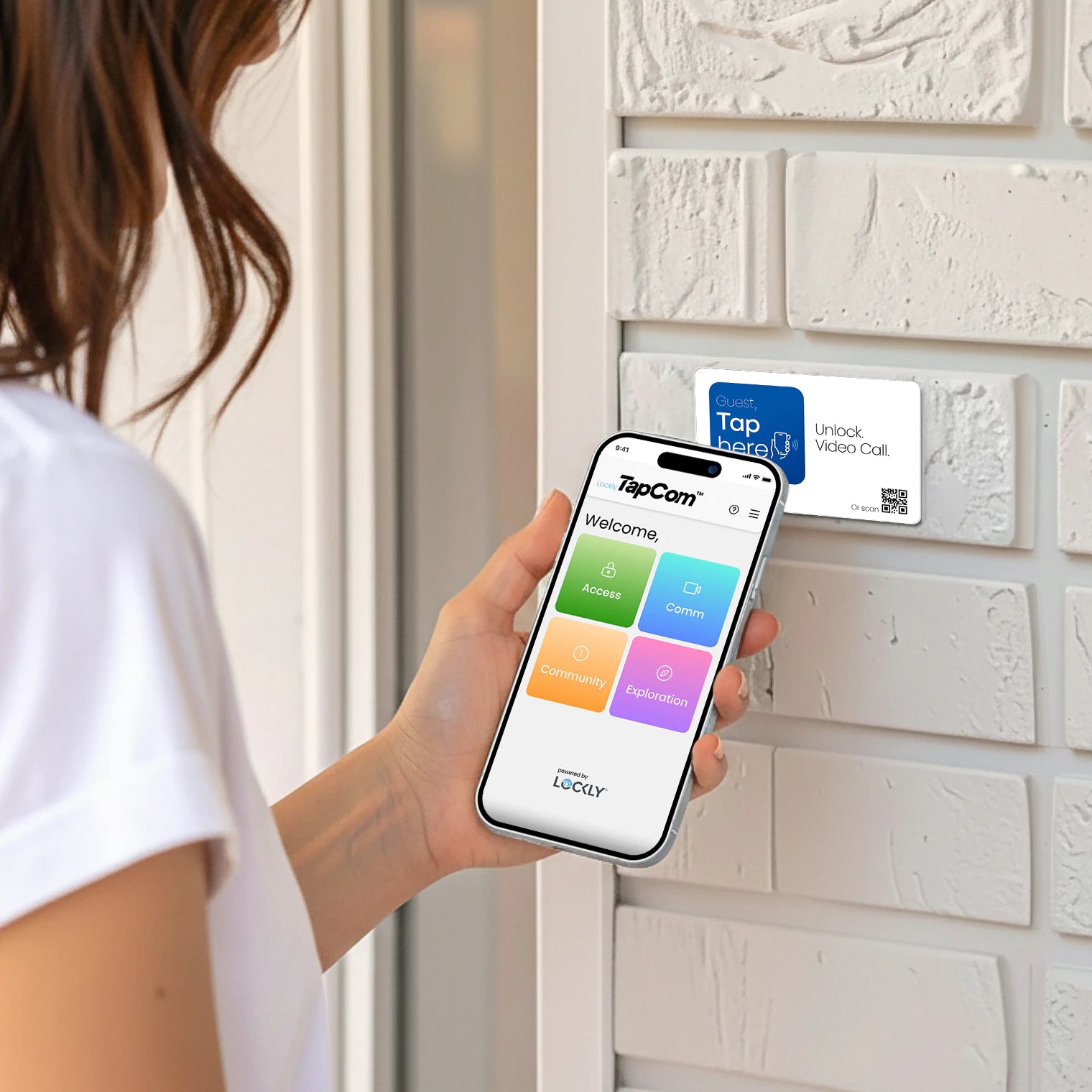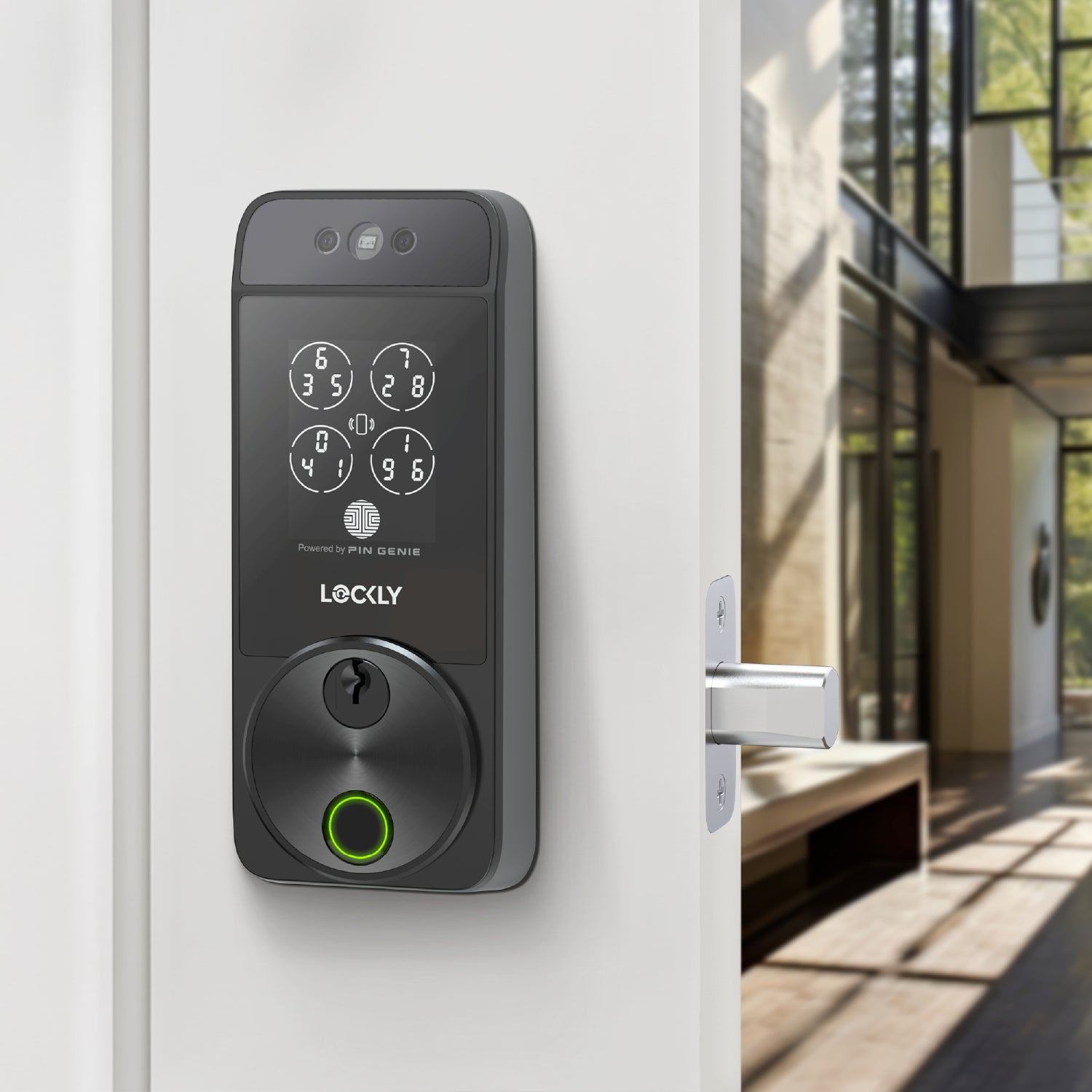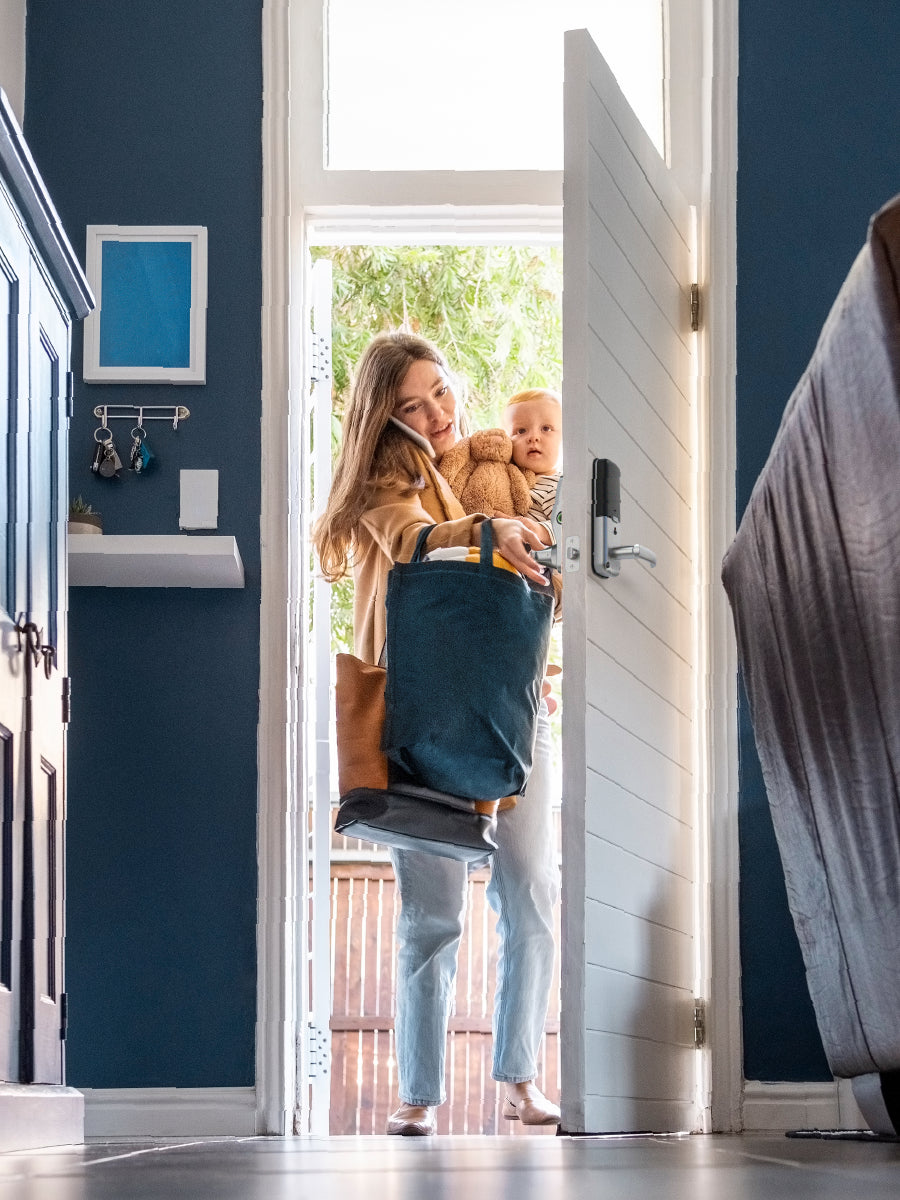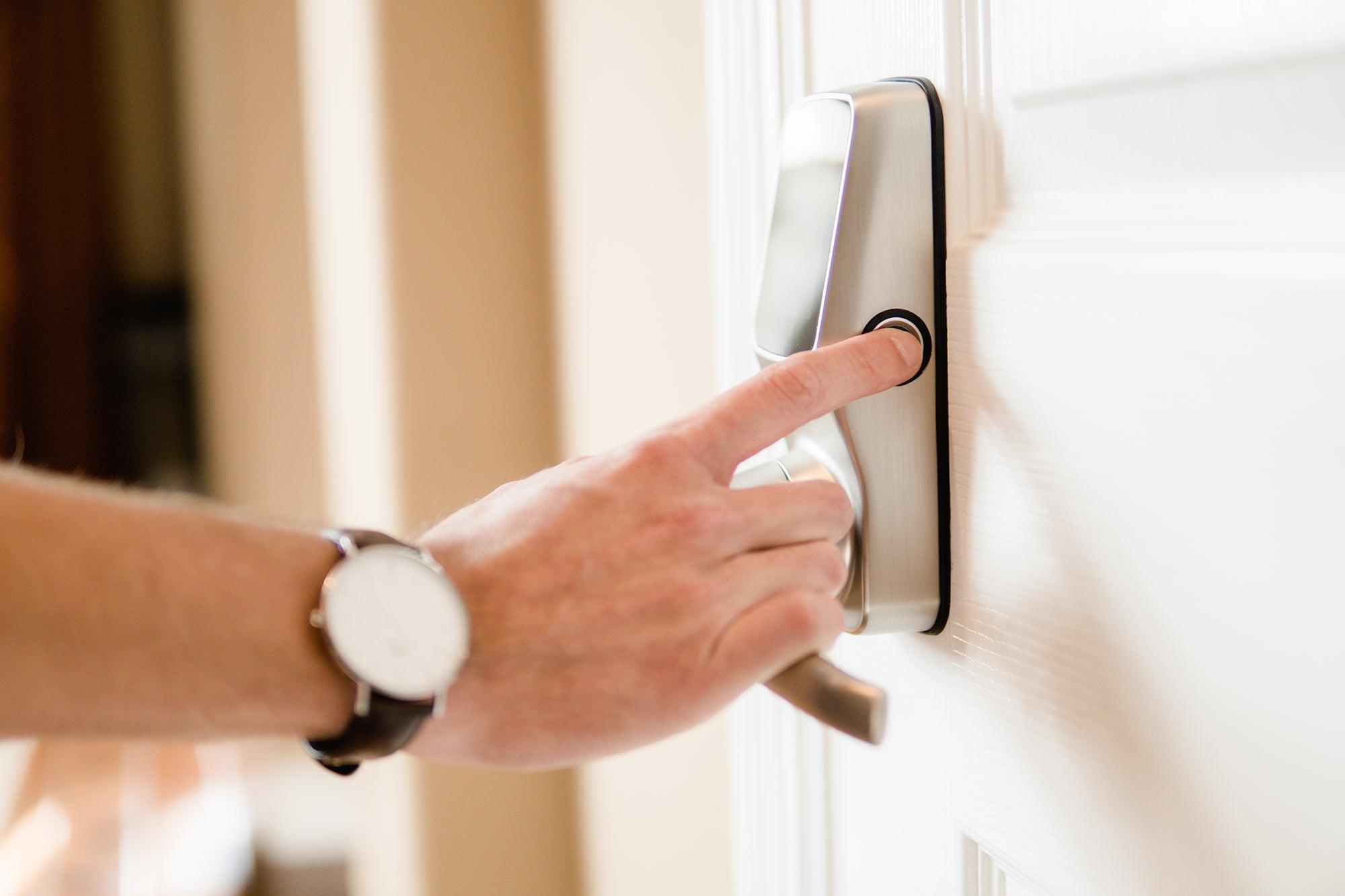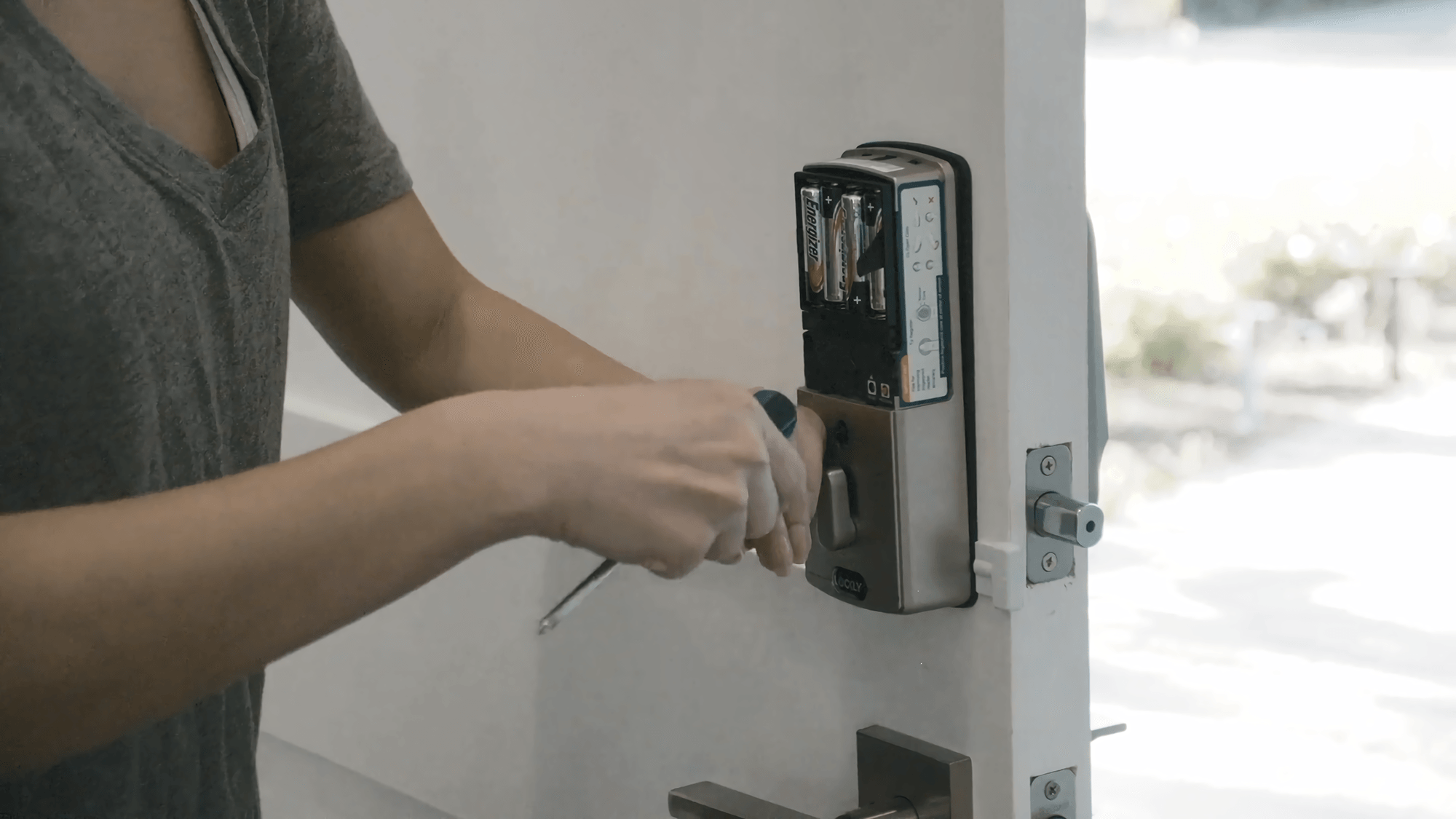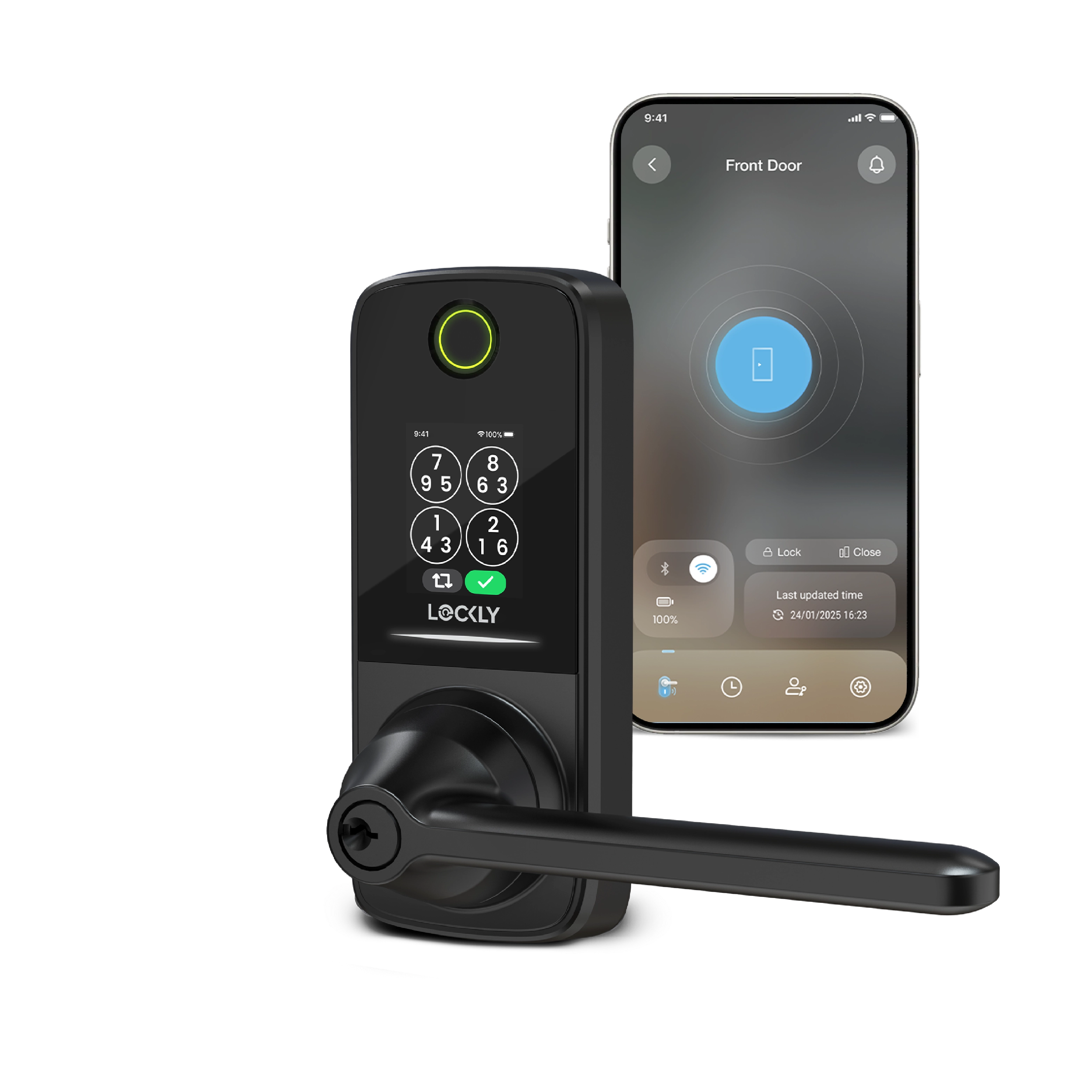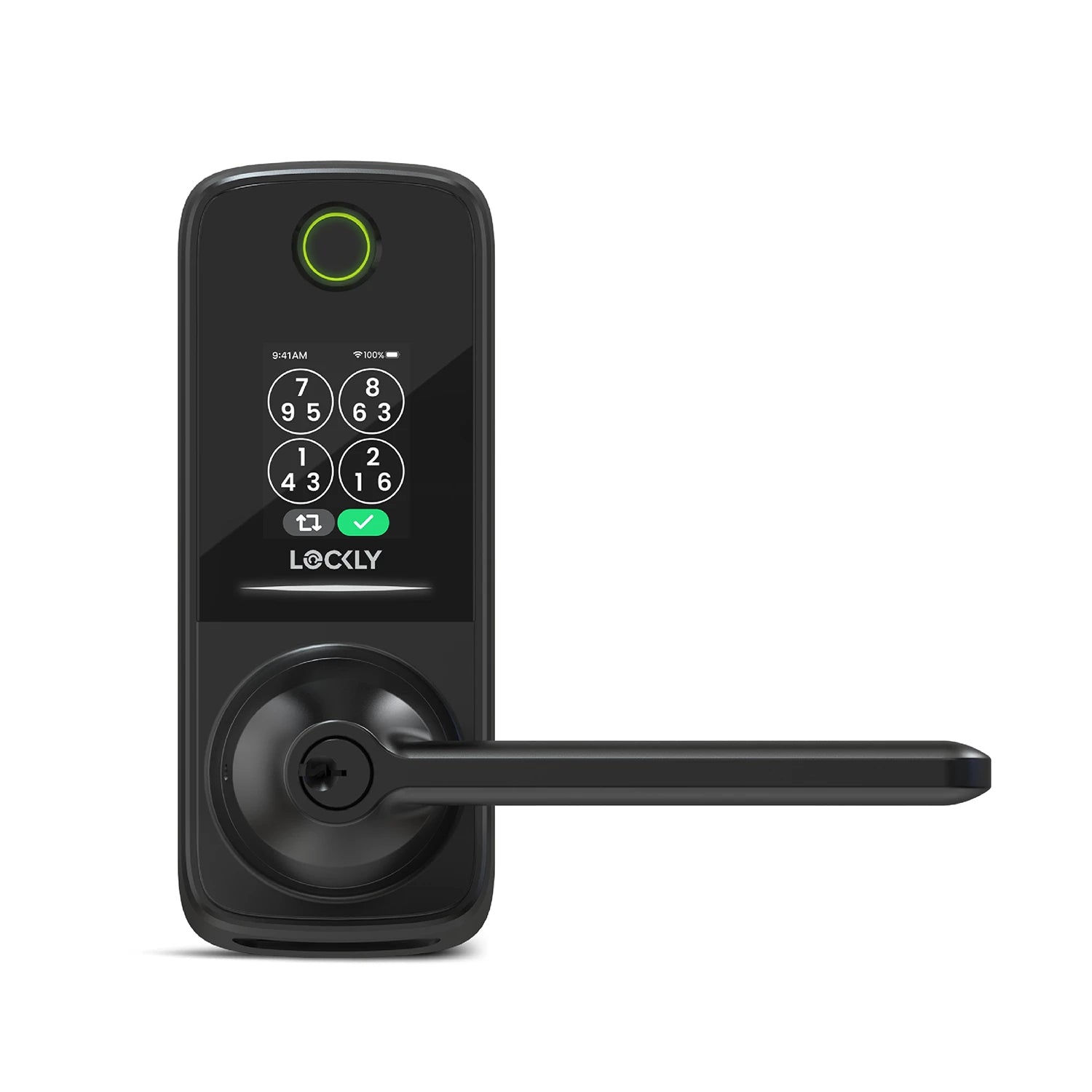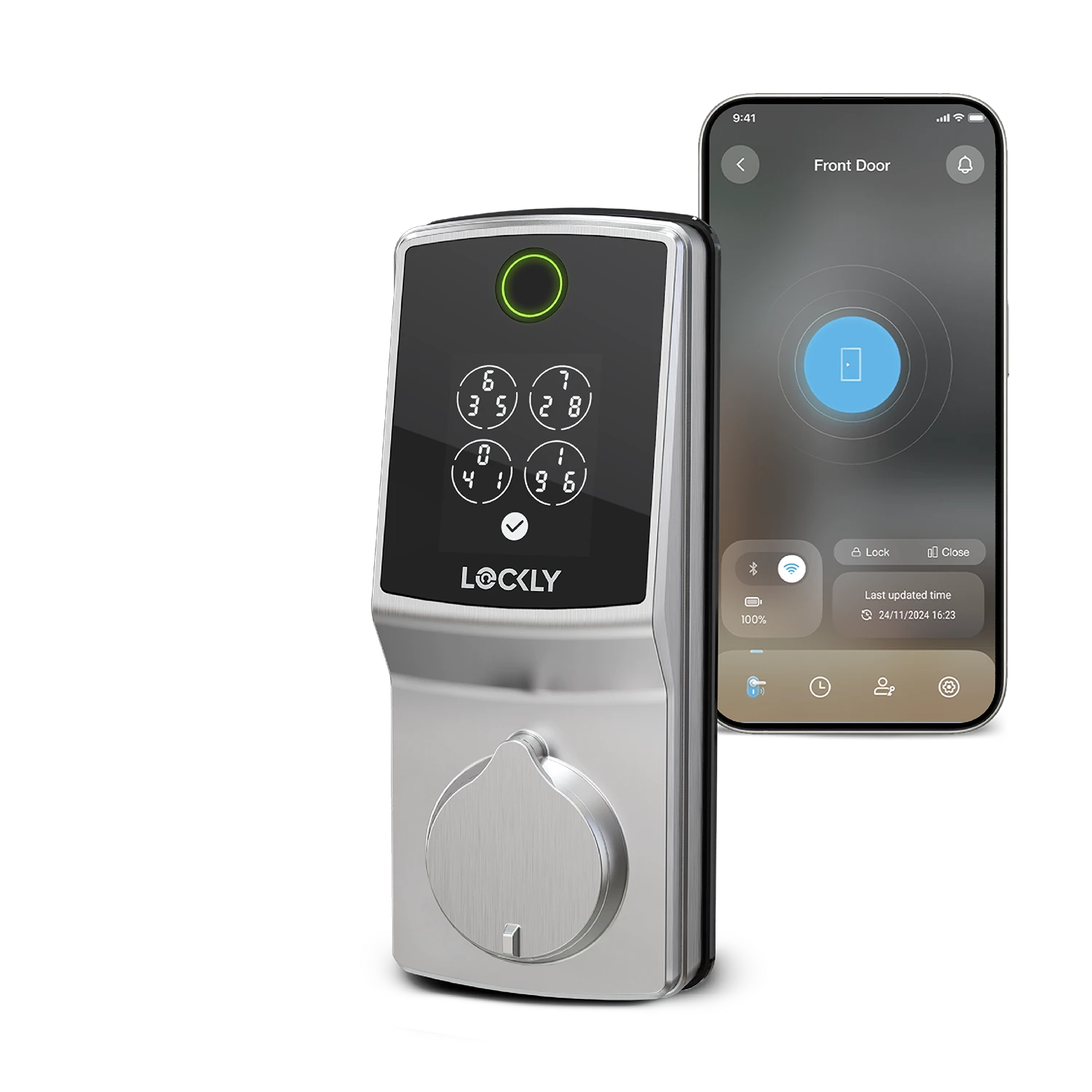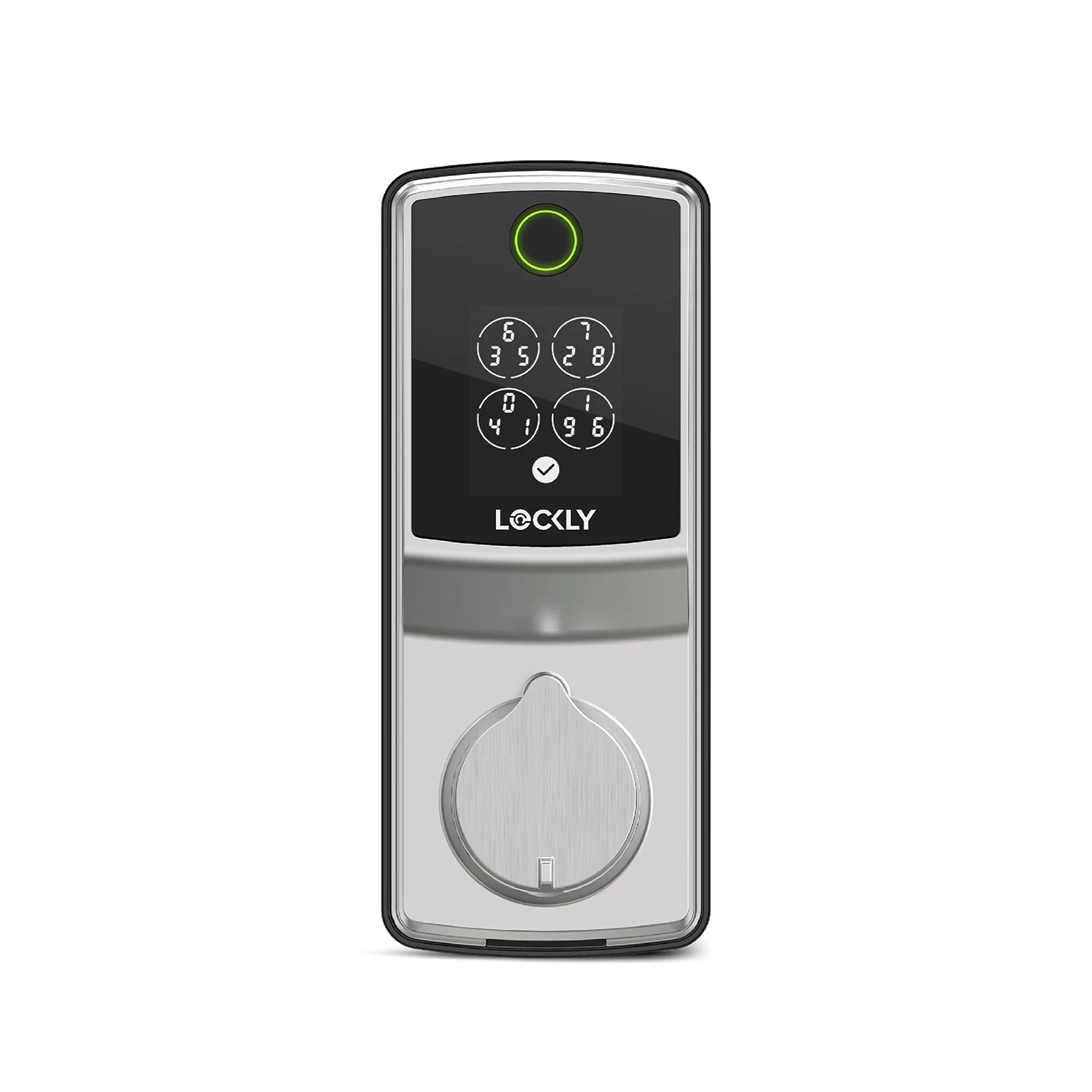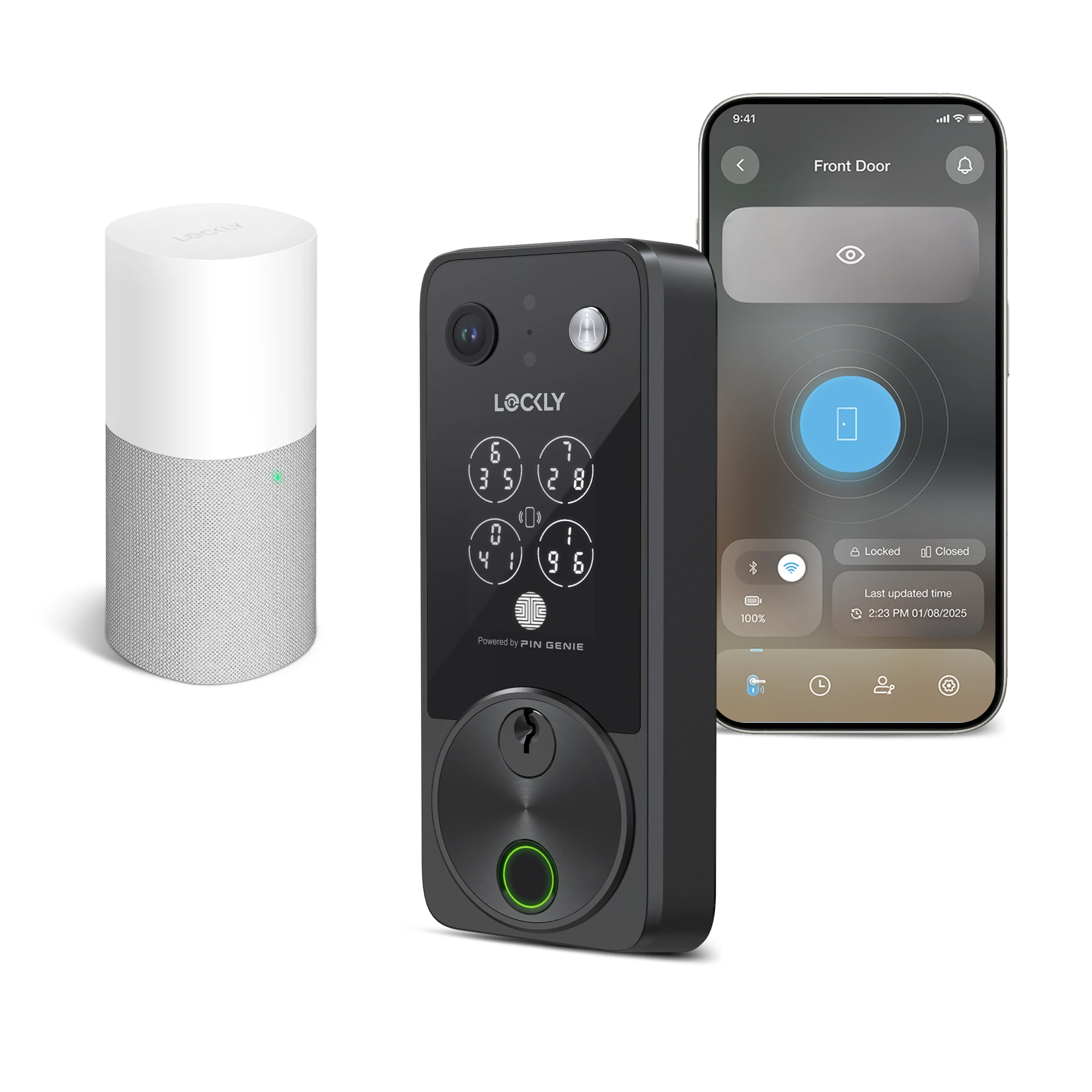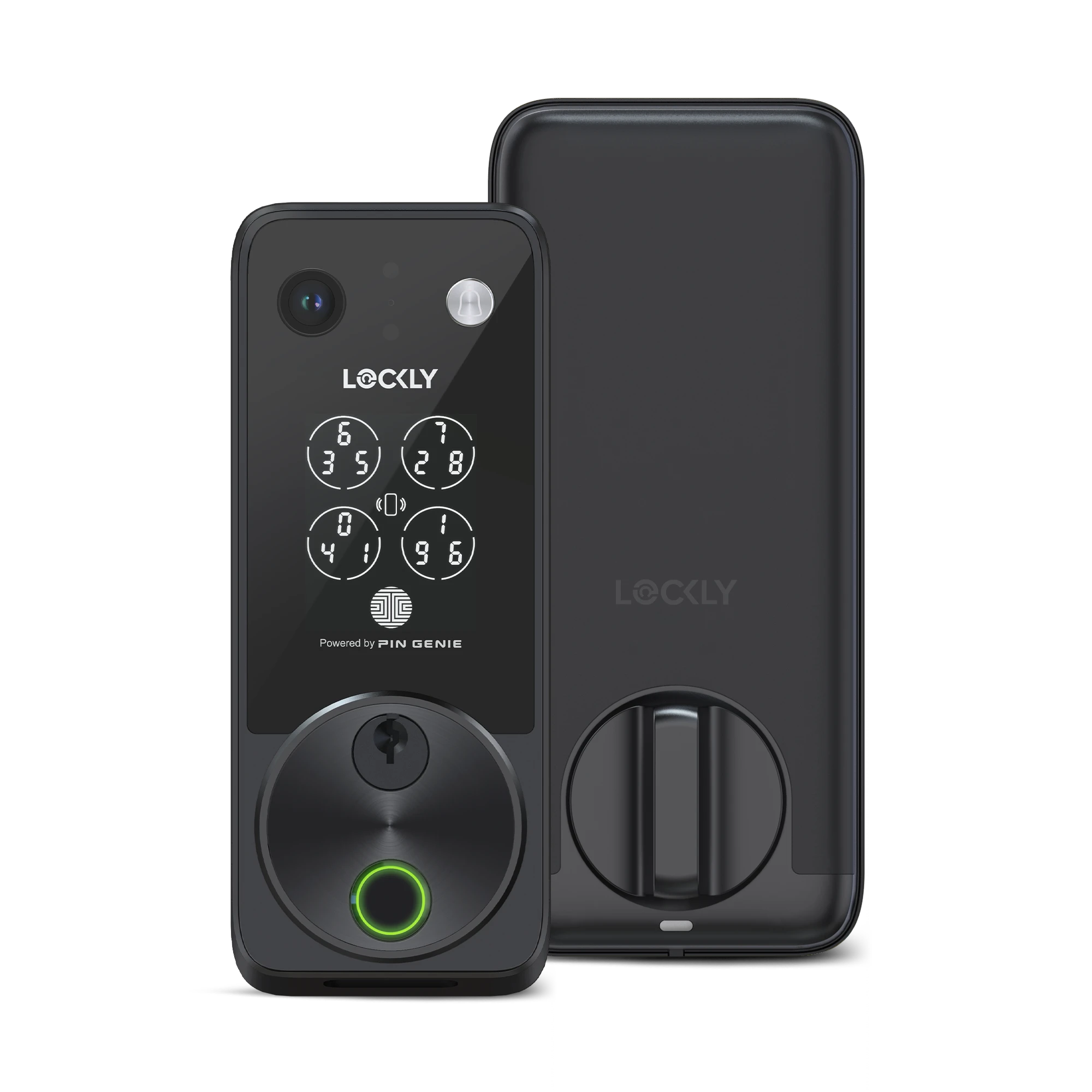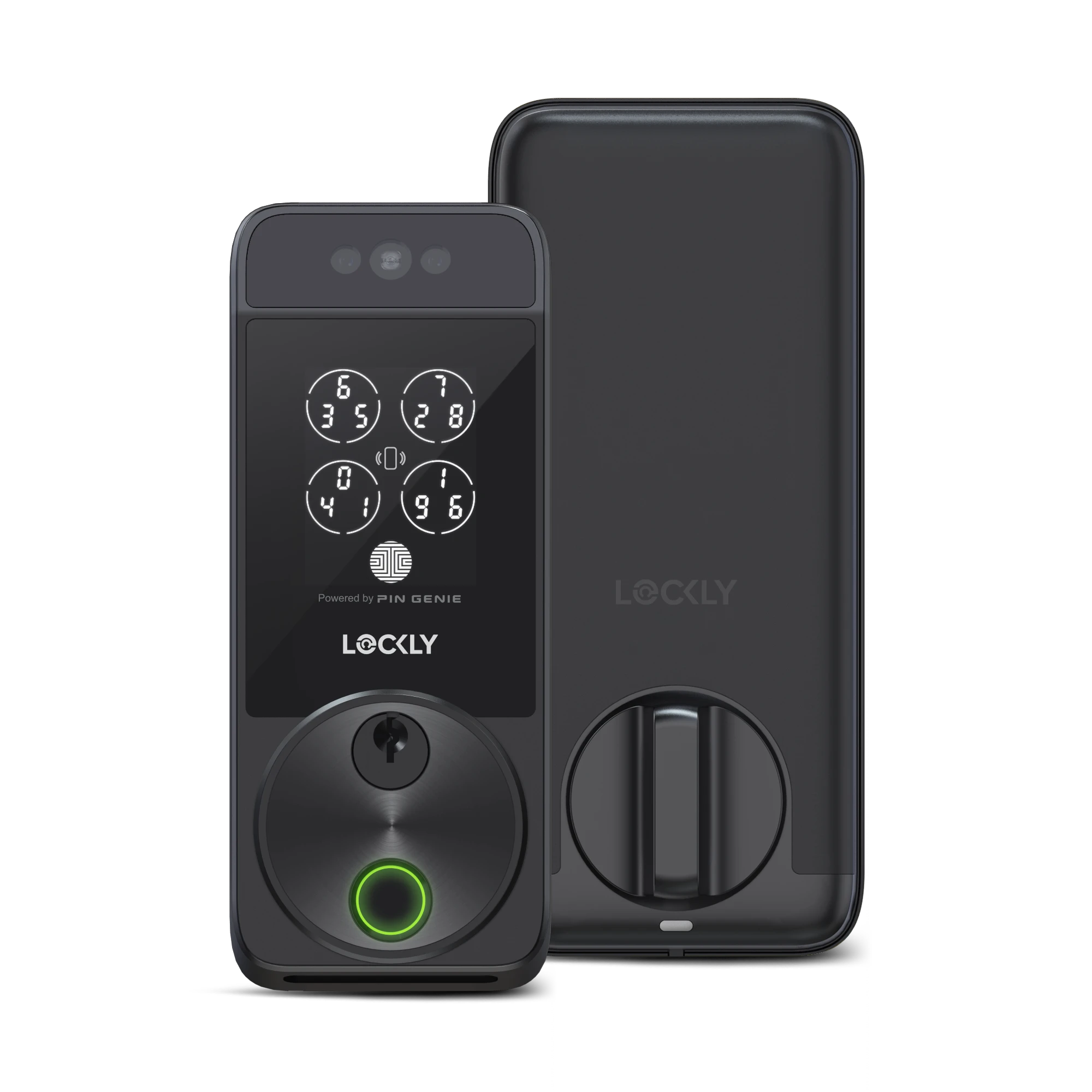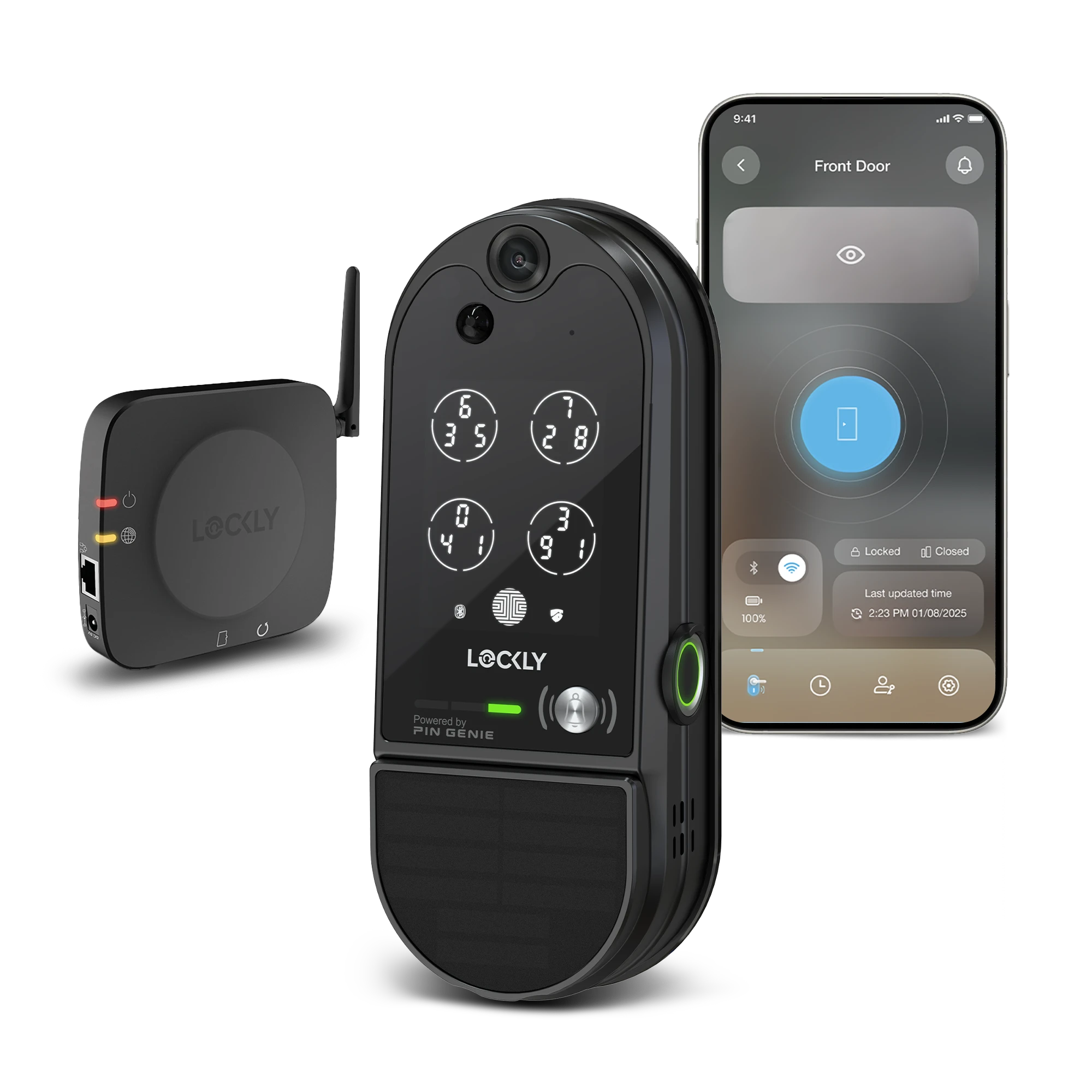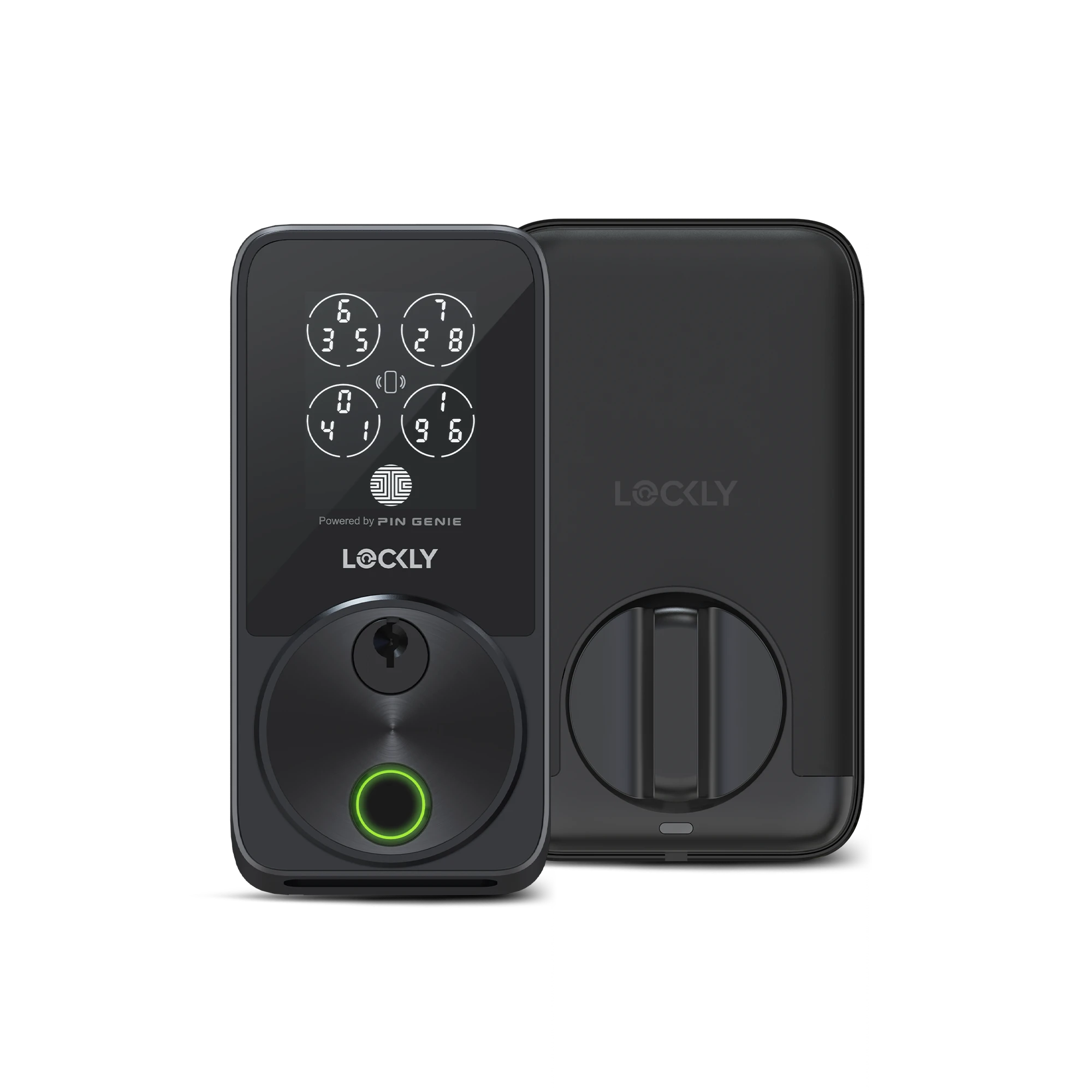The Smart Home Automation Market
The global smart home automation market is set to grow at a rate of over 15% by 2028, by which time more than 330 million homes worldwide will have at least one smart speaker. Many will have considerably more, including smart locks and video doorbells. Given that the majority of people who can work from home are still choosing to do so, the demands we make on our domestic spaces are likely to increase. News that Matter, a global standard for improving connectivity between devices from different manufacturers, is now one step closer to reality underlines the momentum behind the sector. Here’s how smart home automation can deliver a difference.
What Is Smart Home Automation?
The principle of smart home automation is that we can optimize and enhance our domestic environment using the Internet of Things (IoT). When we talk about IoT, we mean devices that used to be standalone but can now be connected to a smart hub. Your fridge, for example, can now be locked with a PIN, send an alert when your milk is running low or sync a grocery list to your smartphone.
Thanks to IoT, instead of having to manually operate the scores of appliances and systems in the typical home, we can connect them to a wireless network and automate them through a smart hub. The range of functionality is more sophisticated, too. Rather than simply selecting “on” or “off,” we can choose from an expanded menu of options.
Components of Smart Home Automation
Smart automation is almost a standard feature in newly built homes, and the cost of complexity of upgrading existing houses with smart technology is coming down fast. The strongest demand is in the following areas:
Heating & Cooling
No more fiddling with the thermostat or coming home from summer vacation to find that you left the air conditioning on full blast. A smart system can optimize usage according to the time of day, season, occupancy by room or budget. It can also inform you when repairs are needed or maintenance is due, and share valuable data on how to increase efficiency. If necessary, you can manage all of the above from the other side of the country, or another country altogether.
Lighting
Commercial shopping centers and warehouses have long economized on their energy consumption by using motion sensors to illuminate occupied areas only. That technology is now available for domestic settings, for both indoor and outdoor needs. Couple that with energy-efficient bulbs and there are some serious savings to be made.
Security
Every 25 seconds, an American home is burgled, but deterring intruders is only one of the key benefits of smart home security systems. Smart home systems can also automate fire safety systems, alarms, security cameras and smart locks. Again, the whole smart hub can be managed and monitored remotely. Lockly is spearheading innovation with smart locks that seamlessly integrate advanced features, from biometrics to patented keypad technology. These present a formidable foe to potential burglars.
Entertainment
Automation can be fun, too. We’re increasingly hooking up our TV and music devices to smart systems so that we can control them by voice command, personalize our choices or limit access (e.g., parental controls).
IoT devices are just one part of the smart home setup. To complete the intelligent circuit, there will also need to be:
- Sensors: These pick up changes in temperature, light or movement and send a signal to a device. A classic example is your porch light coming on when the neighbor’s cat passes through.
- Controllers: IoT devices need instructions and rules. With smart home automation, we’re moving away from one key, panel or controller for every lock or device to a single dashboard that manages systems wirelessly from a phone, tablet or even voice assistant.
- Actuator: Your electric gate cannot open by itself, and neither can your central heating flick its own switch. Each device will need an actuator — a valve, magnet, pulley, etc. — to turn a command into action.
Not every manufacturer incorporates all three functions within the same solution, meaning that in some cases users will have to combine several devices or platforms to achieve a single purpose. That opens up the possibility of software conflicts, and it’s why Lockly eliminates downtime with an all-in-one system.
How Do Smart Devices Communicate With Each Other?
While many IoT devices do have “set and forget” functionality that means they can operate based on what their sensors tell them to do (think of your robotic vacuum cleaner), full automation comes from a smart hub. In the case of Lockly, all smart locks can be managed from a user-friendly app or the Lockly/OS access portal.. You can input instructions manually through a tablet or smartphone app, or via voice command using Google or Alexa, for example. However, those signals still need to reach the device, which is why the whole system needs to be connected over a secure network.
In most cases, Bluetooth or Wi-Fi are the standard networks. Bluetooth allows you to pair devices over a short-range wireless network, whereas Wi-Fi uses the standard home internet connection. One drawback is that connecting a large number of devices can slow down the home Wi-Fi, so some homes are turning towards solutions such as Z-Wave, which uses a different wireless bandwidth to Wi-Fi, or ZigBee, a wireless mesh that uses low-power digital radio signals.
4 Benefits of Smart Home Automation Systems
Admittedly, not everyone adjusts seamlessly to voice-activated kitchen appliances or biometric locks, but to some extent we’re all adopting the technology already in various parts of our lives, from smart cars to self-service banking and shopping. Whatever the reservations, the benefits are hard to dispute:
1. Efficiency
Smart automation means you don’t have to waste a single watt of power or milliliter of water. The smart hub also feeds back valuable data to help you learn more about how you’re using each device, and what changes you can make to use them more efficiently.
How Lockly goes further: Our smart solutions maximize efficiency of use too. The process from unboxing to installation is quick and intuitive and it’s easy to troubleshoot or optimize your system through the designated app.
2. Personalization
Devices can be customized according to each family member, or restricted for authorized users only. That’s important when you’ve got small children or guests in the house.
How Lockly goes further: You can store up to 99 fingerprints for biometric access with our smart locks, including the new Lockly Vision Elite system.
3. Independence
For the elderly or vulnerable in particular, smart automation allows a family member or caregiver to check in and handle chores (e.g., laundry or meal prep) without compromising the person’s privacy or independence. Likewise, the occupant can get help in an emergency without having to leave the house.
How Lockly goes further: Replacing mechanical keys with biometric, PIN Genie digital keypad or Voice Control access is just one way to improve accessibility. Homeowners can also customize their kit with accessories and choose from a full range of smart lock solutions.
4. Peace of mind
One of the fastest emerging areas for smart home automation is home security. The owner can have full control over the entrance points to the home, monitor from afar and deny or grant access as necessary. That’s a serious upgrade on a key under the doormat, whether you’re managing an Airbnb rental or letting in a repair worker while you’re away.
How Lockly goes further: By integrating smart locks with video doorbells, Lockly is able to offer enhanced security for homeowners.
How Lockly Fits Into Your Smart Home Automation System
The smart automation system starts at the doorstep, and there’s no better first impression than Lockly smart locks. Enter your PIN in the PinGenie keypad or unlock it with the 3D biometric fingerprint sensor in less than 0.4 seconds. There’s no need to keep any spare physical key around the entrance area or worry about losing your key while you’re away. Who you are or what you know is enough to unlock the door to your own home, and you can manage access from anywhere in the world through the Lockly app.
Sources:
Security - What Is Home Automation and How Does It Work?
TechTarget - What is smart home or building (home automation or domotics)?
GlobeNewswire - Global Smart Home Automation Market (2022 to 2028) - Size, Share & Industry Trends Analysis Report
World Economic Forum - The market for smart home devices is expected to boom over the next 5 years
Pew Research Center - COVID-19 Pandemic Continues To Reshape Work in America
Bankrate - Burglary statistics 2022
